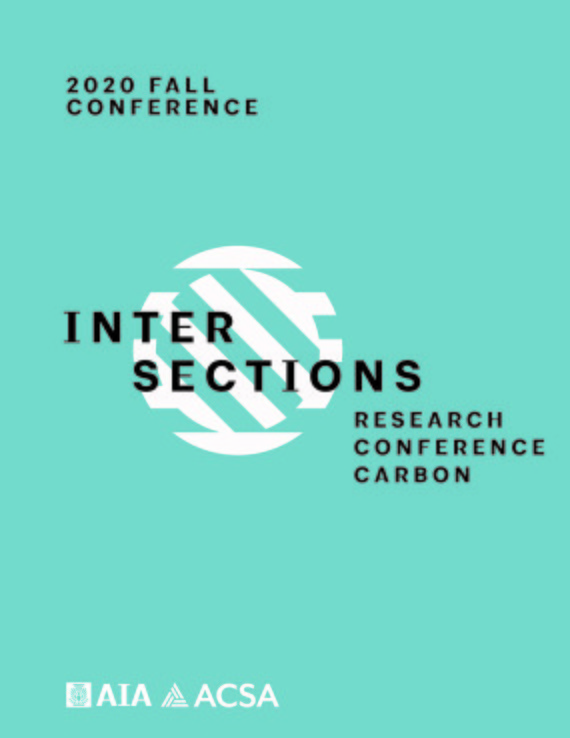Author(s): Brittany Utting & Daniel Jacobs
The finish schedule specifies a material product, condition, and treatment for each surface in a building, creating a tagged data set that ties aesthetic intent to the material economies, commodity markets, and labor pools of the built environment. However in doing so, the informational interface of the finish schedule simultaneously abstracts the building material from its processes of production and circulation. By divorcing the architect’s visual intent from the profoundly resource-heavy transactions inherent in the making of architecture, the data set conceals the complex chain of financial, ecological, and geopolitical exchange. As Building Information Modeling (BIM) softwares and systems layer an increasingly deep cache of product information into the digital architectural mode, we argue that the finish schedule could more explicitly reveal the true material conditions of architectural production. This paper will unpack the critical frames and practical applications of our recent research and design project entitled RE-TAGGING. The proposal deploys a series of site-specific notations that are tied to an open-source and live-updating material schedule, seeking to make visible the ecosystems of architectural sourcing within the built environment. For the project, we produced a series of tags and stickers that could be placed on any architectural surface or component. Each tag contains a simple annotation, such as CC-01 or ST-02, like in a typical finish schedule, locating the material onto an open access commodity spreadsheet online. For the exhibition, people were invited to place the tags throughout their built environment, creating site-specific notations that would literalize the finish schedule, making visible the ecosystems of architectural sourcing. Part performance and part pedagogical project, RE-TAGGING embodies a strategy of post-occupancy literacy, reconnecting new constituencies to material usage in the built environment. The project works toward a strategy for carbon awareness that aims to provide tools of increased ecological literacy for both the public and architects.
https://doi.org/10.35483/ACSA.AIA.FallInterCarbon.20.6
Volume Editors
Corey T. Griffin & Erica Cochran Hameen
ISBN
978-1-944214-35-7

 Study Architecture
Study Architecture  ProPEL
ProPEL 
